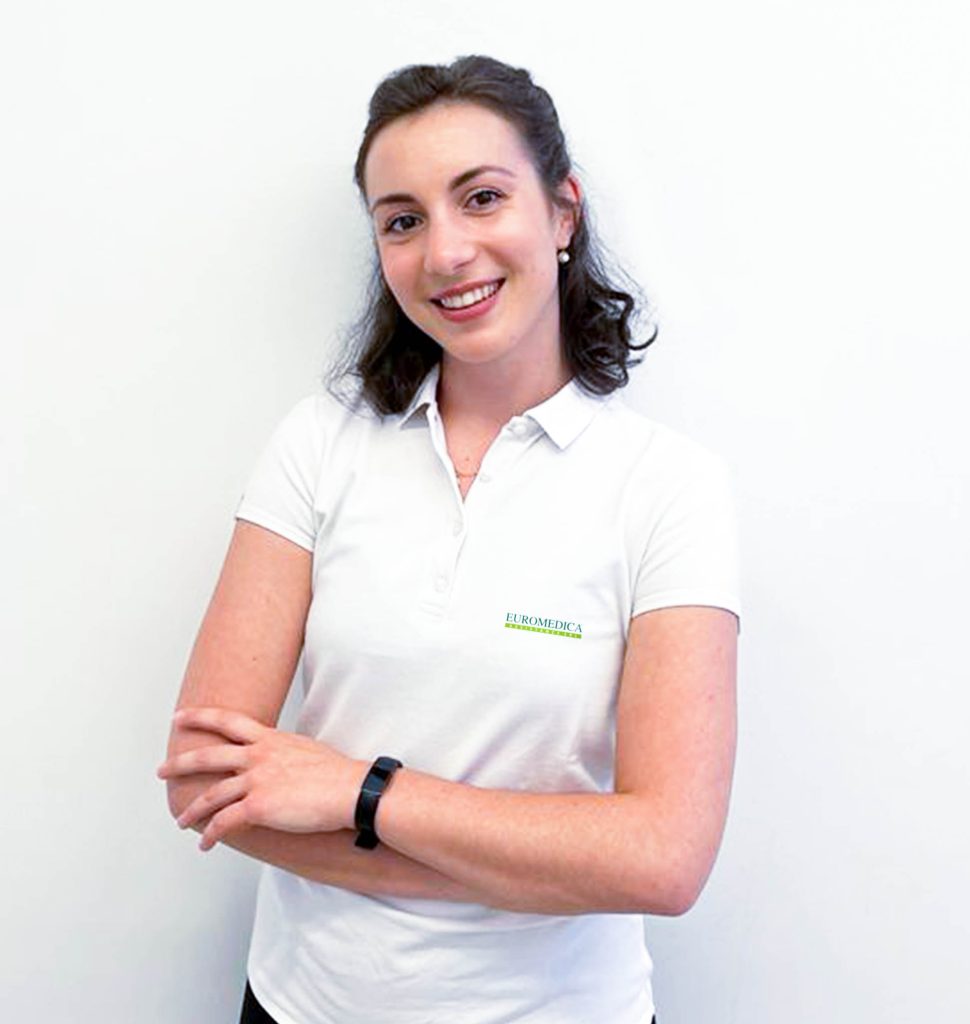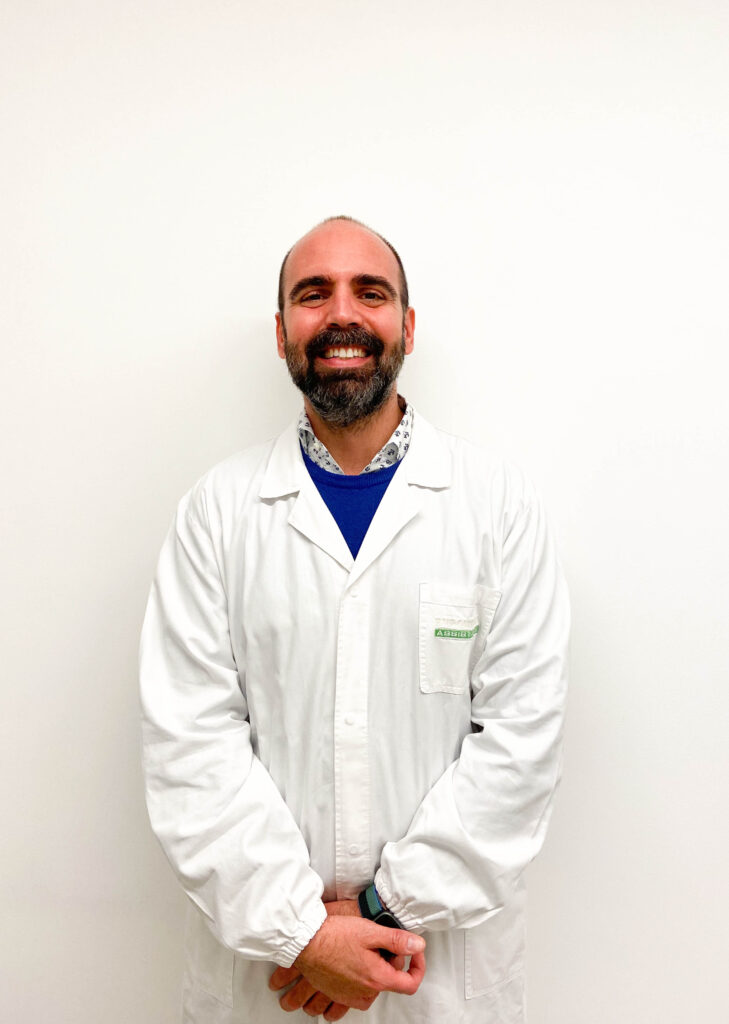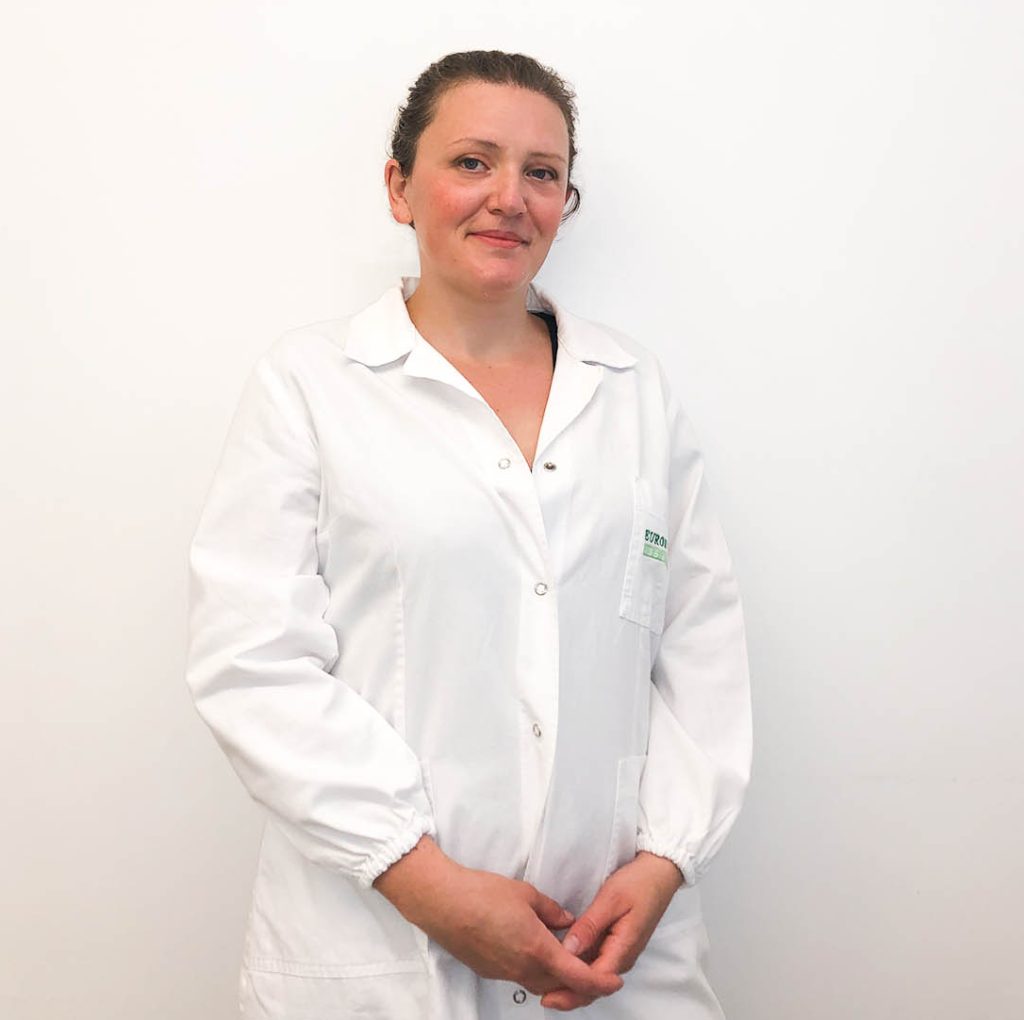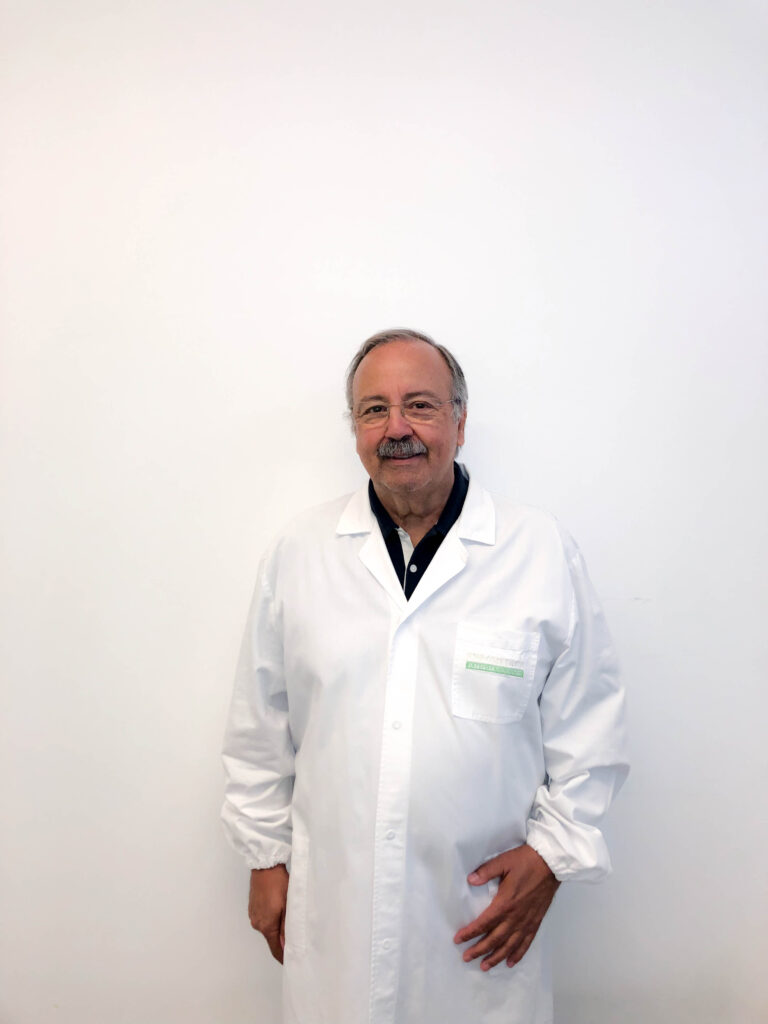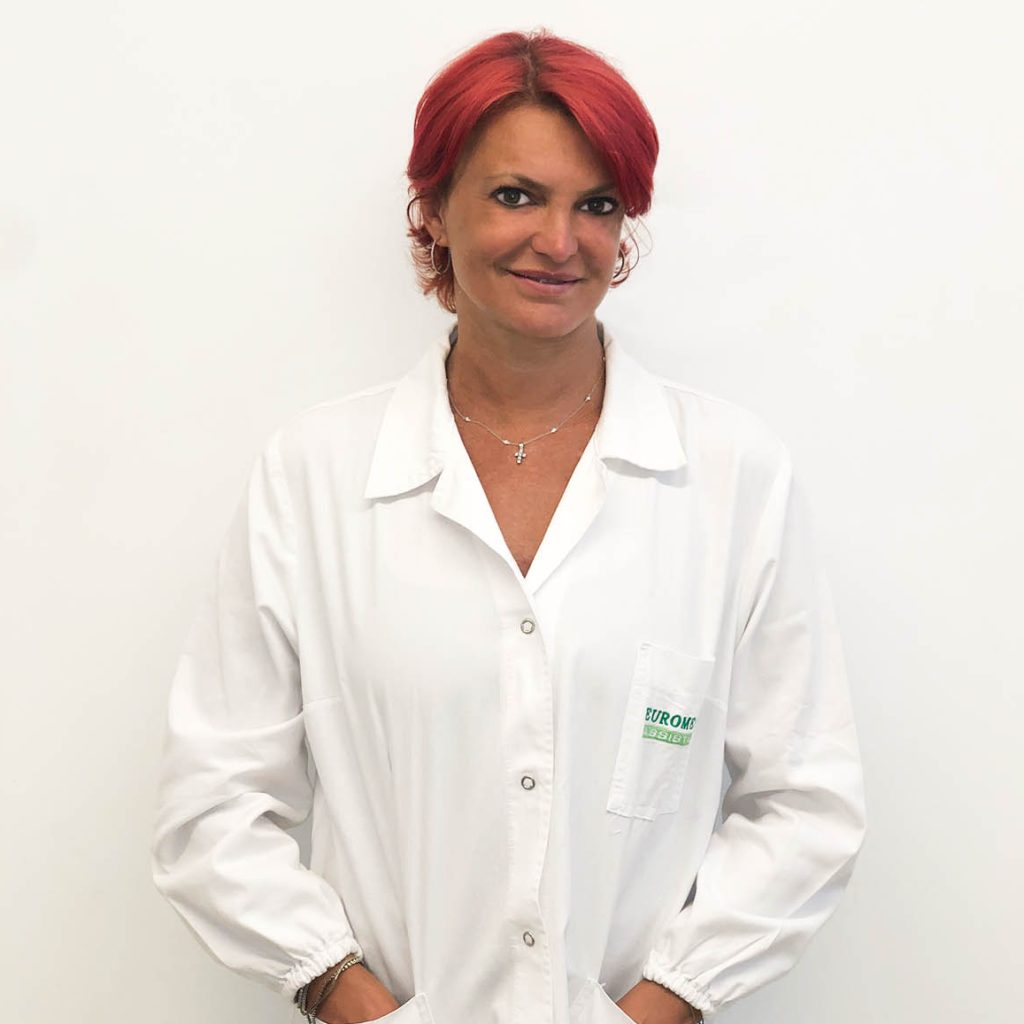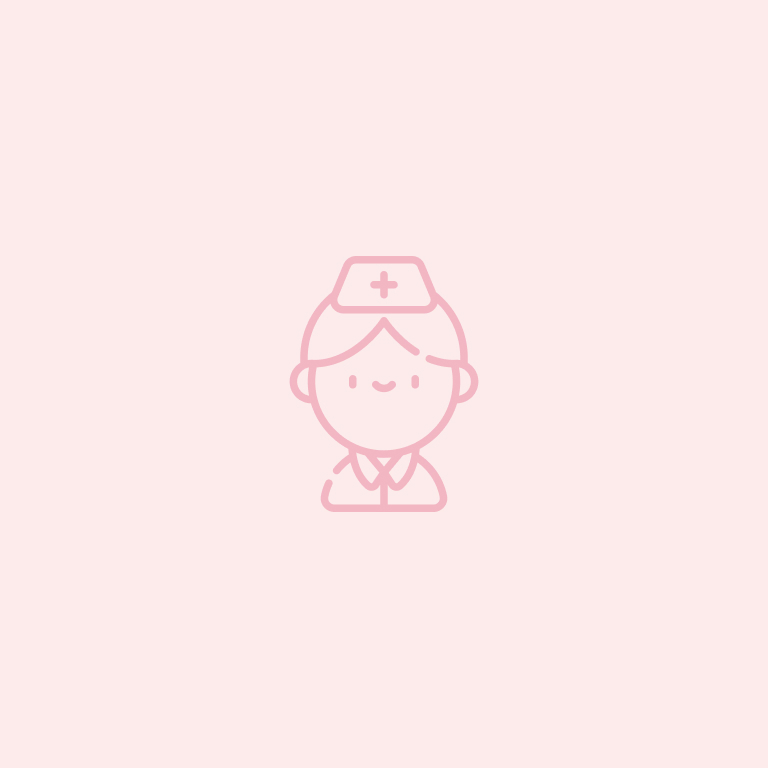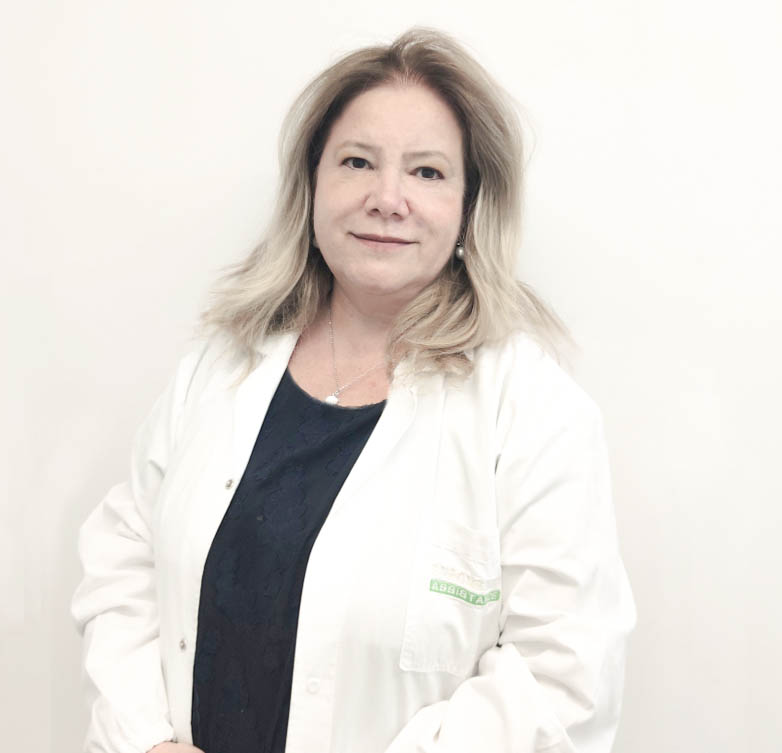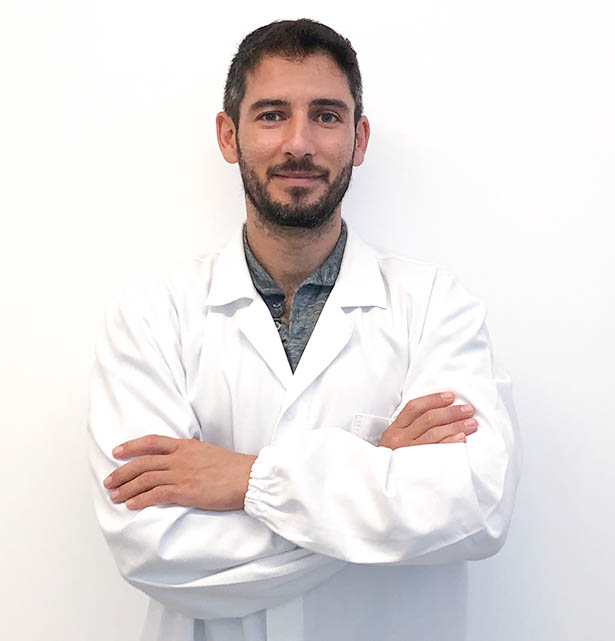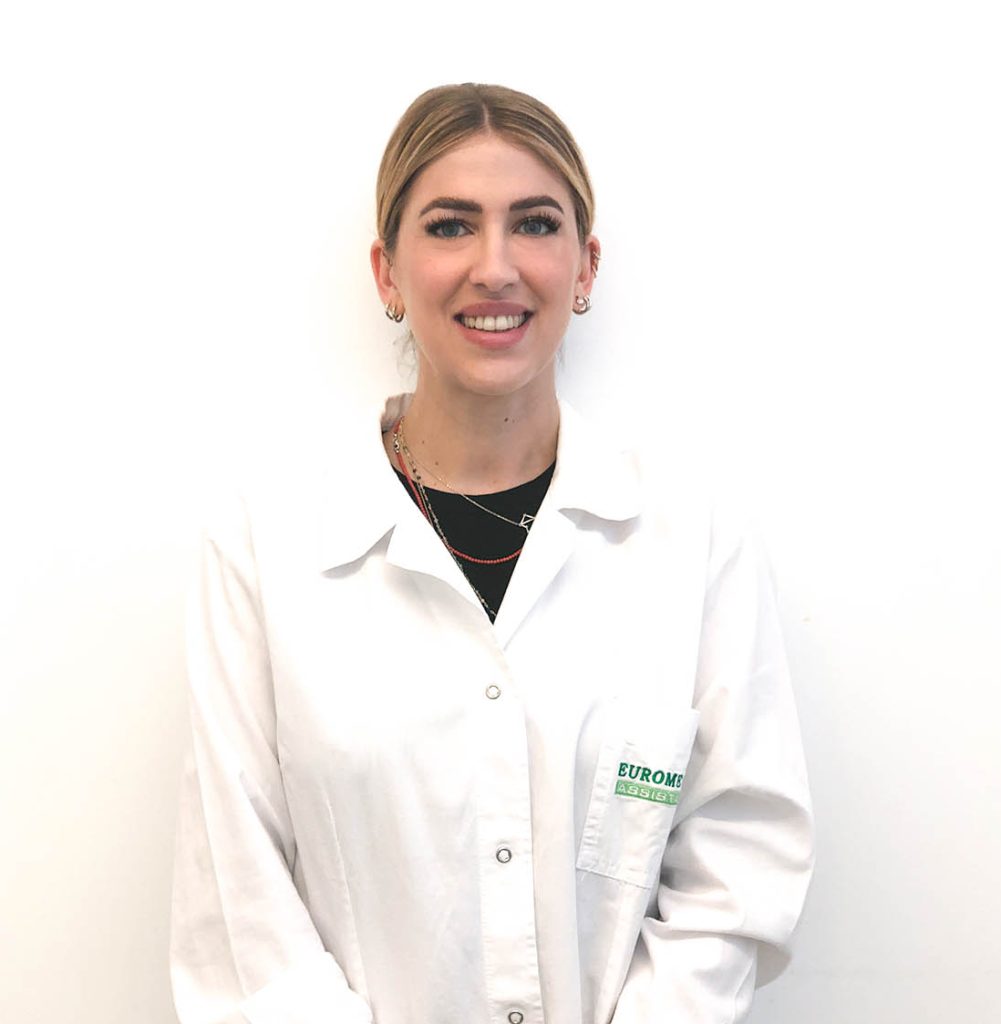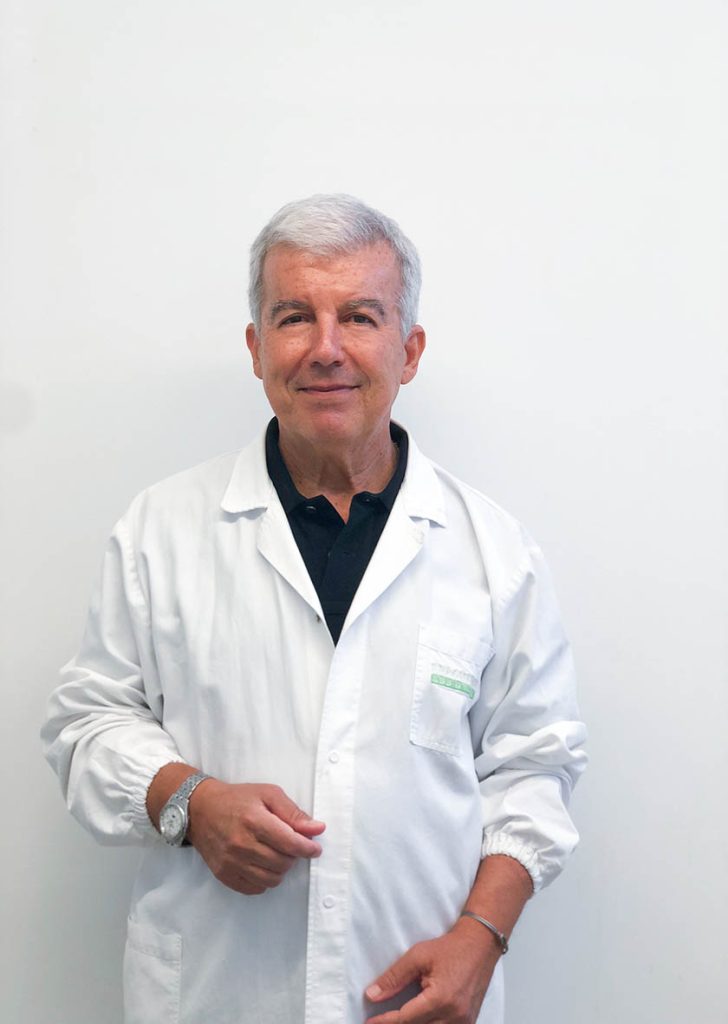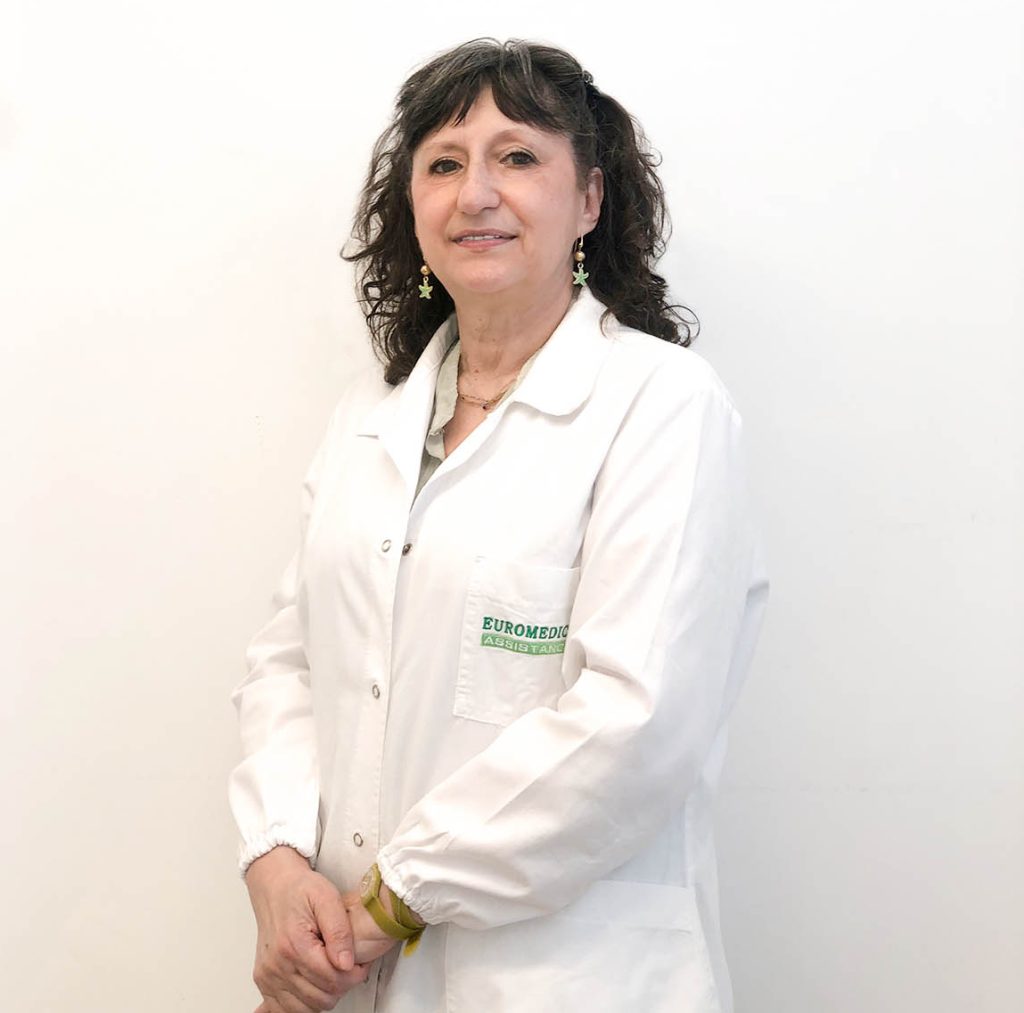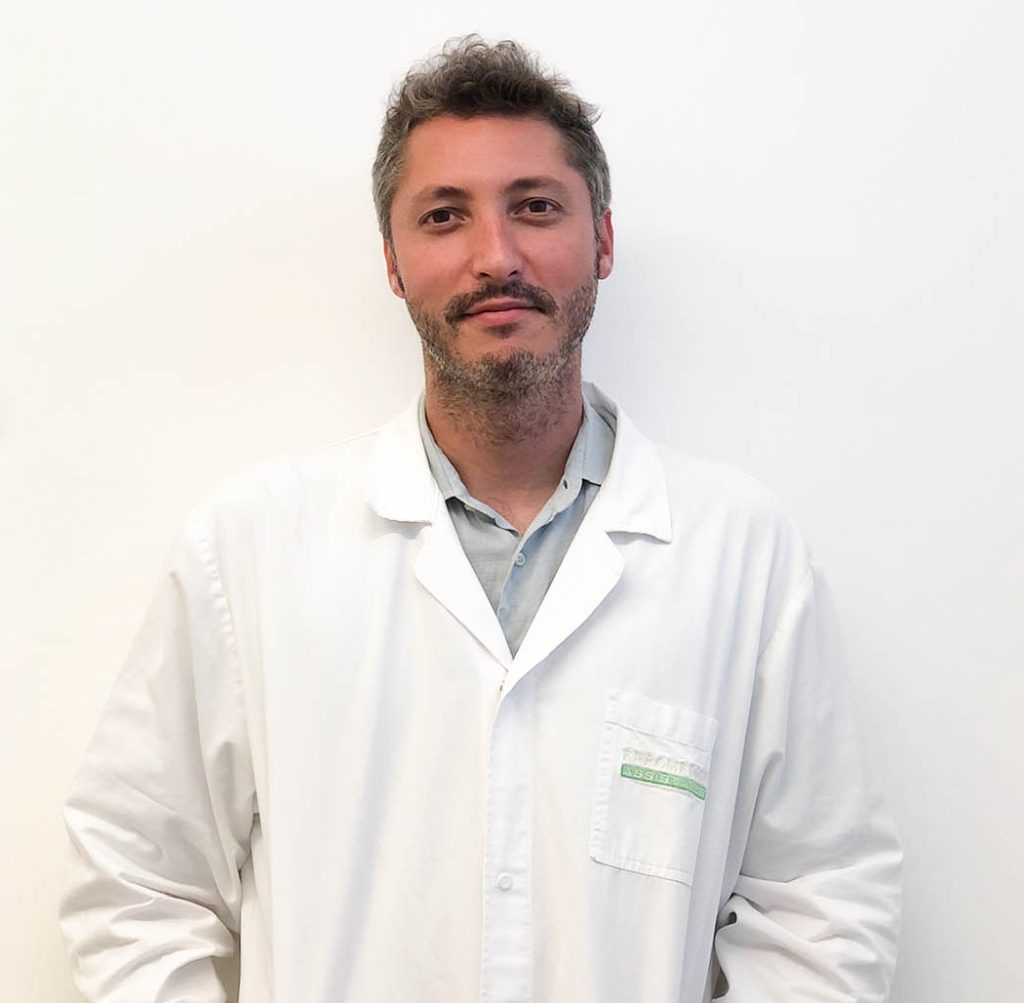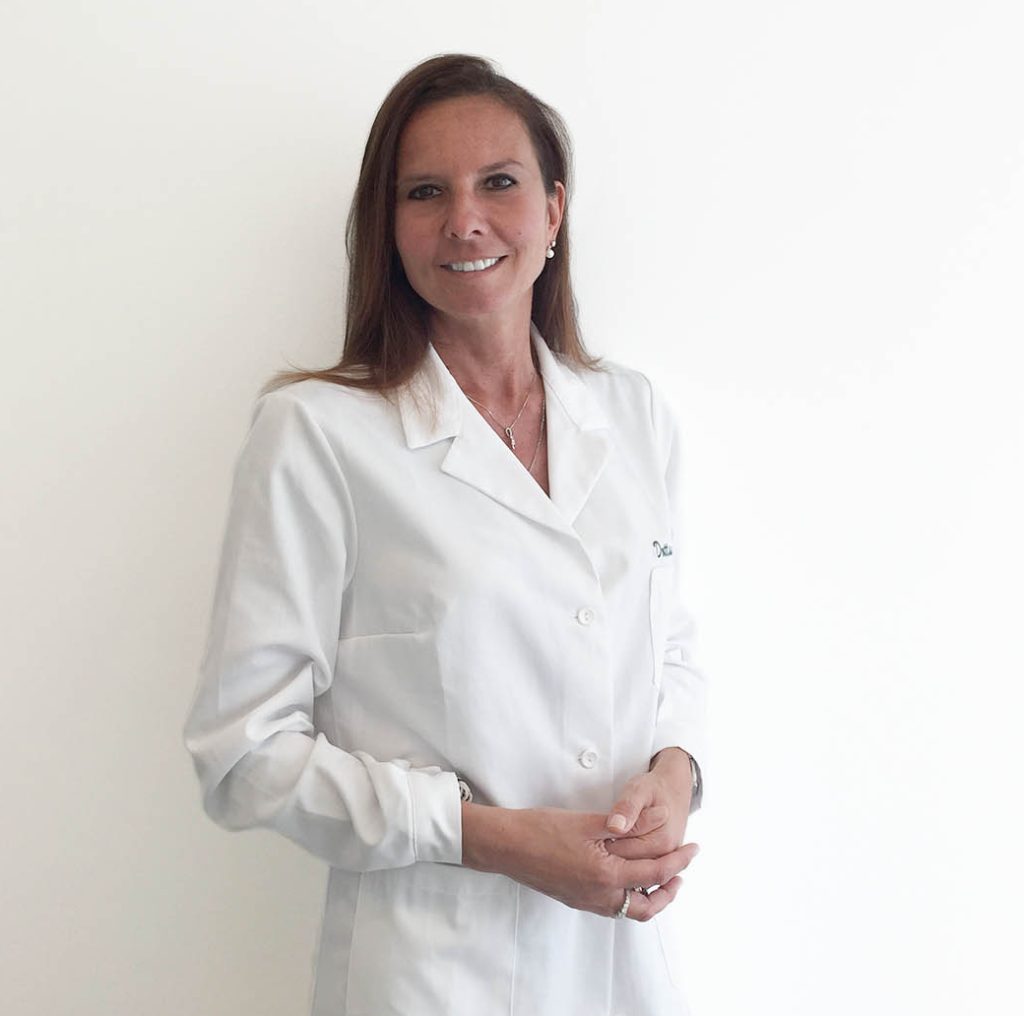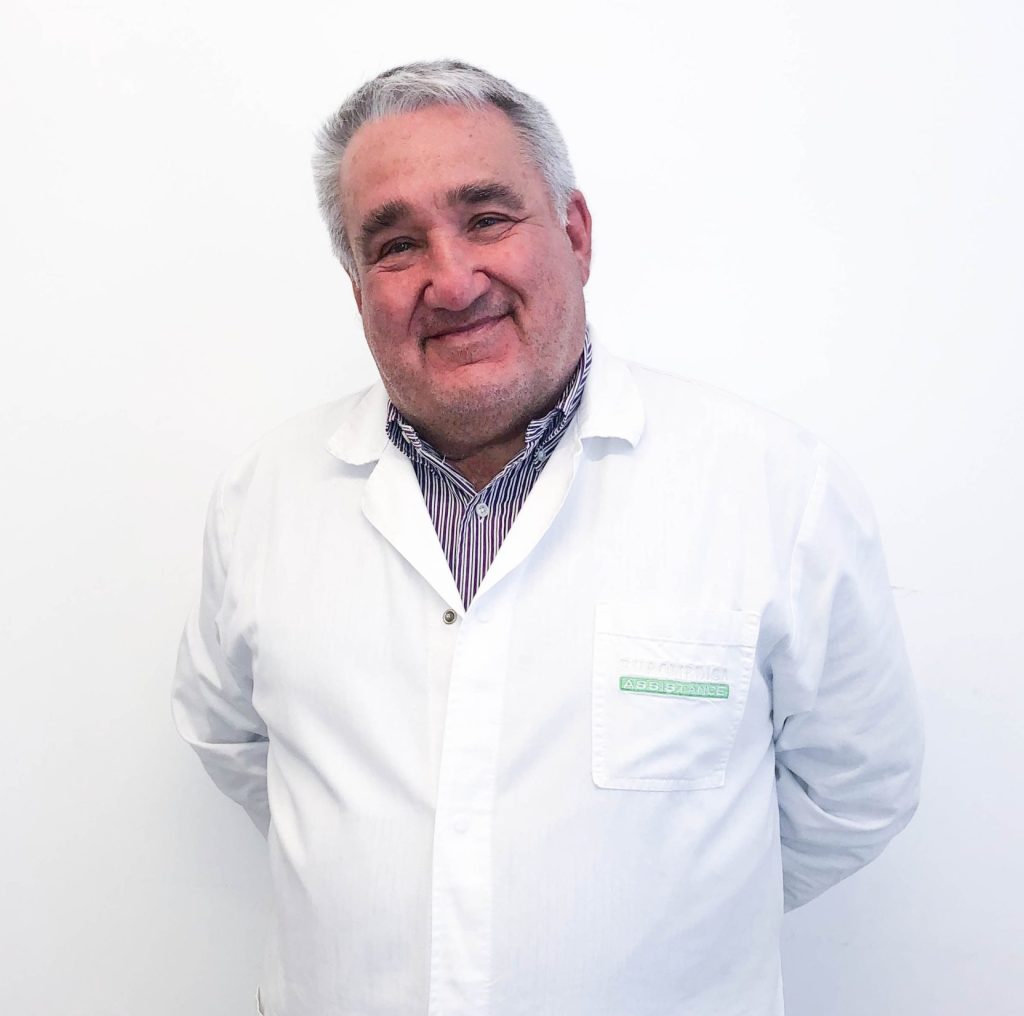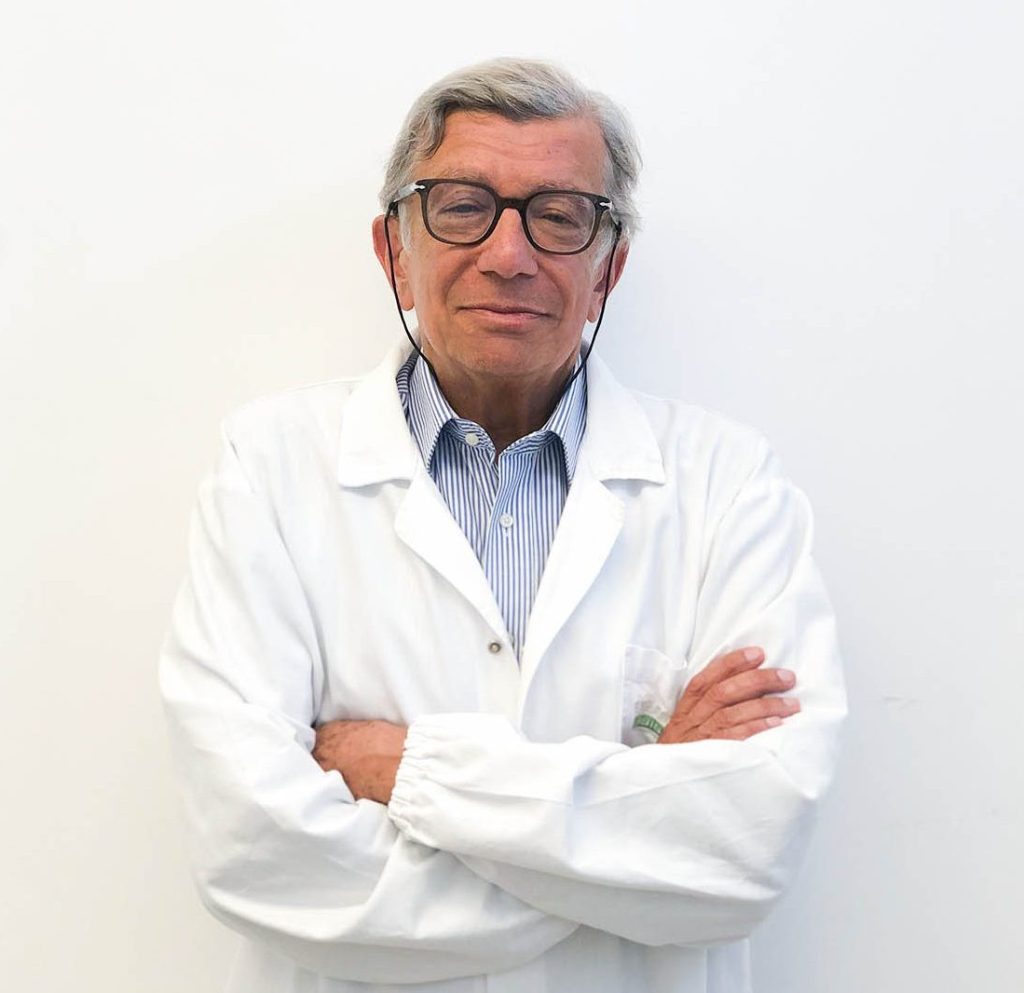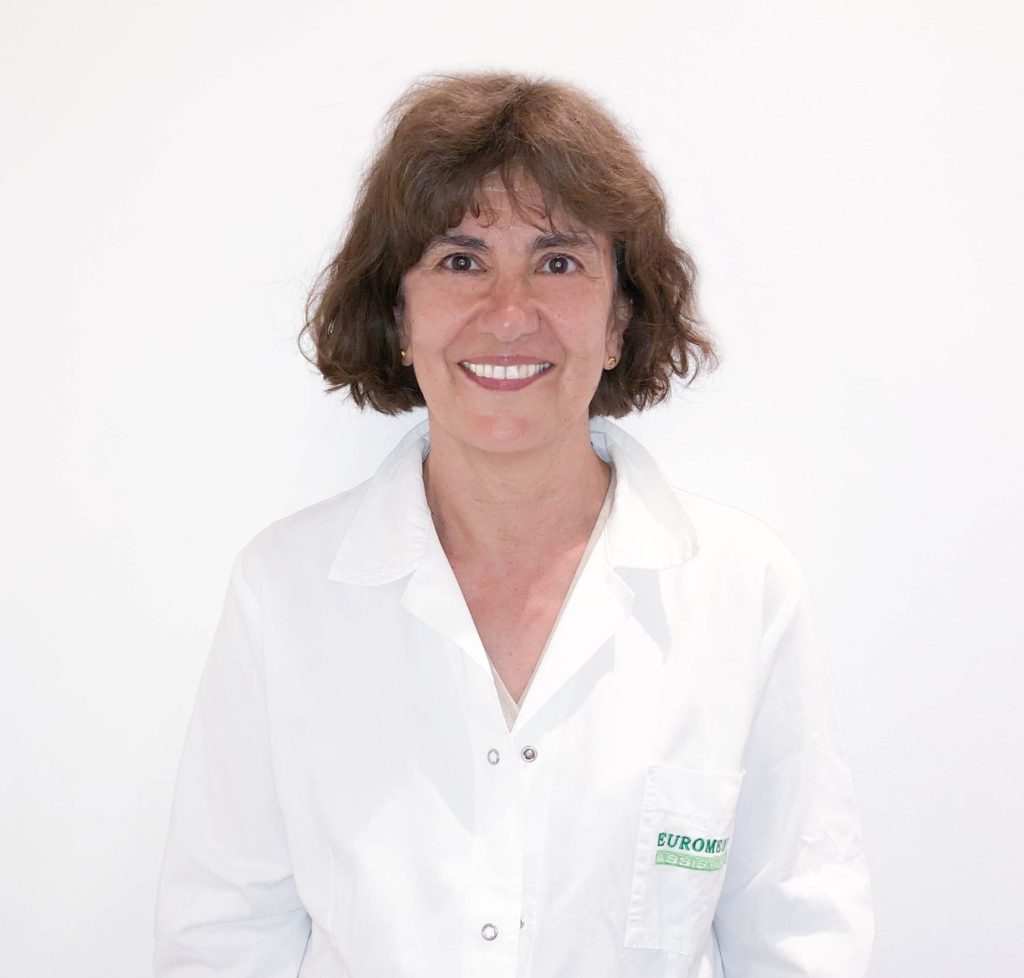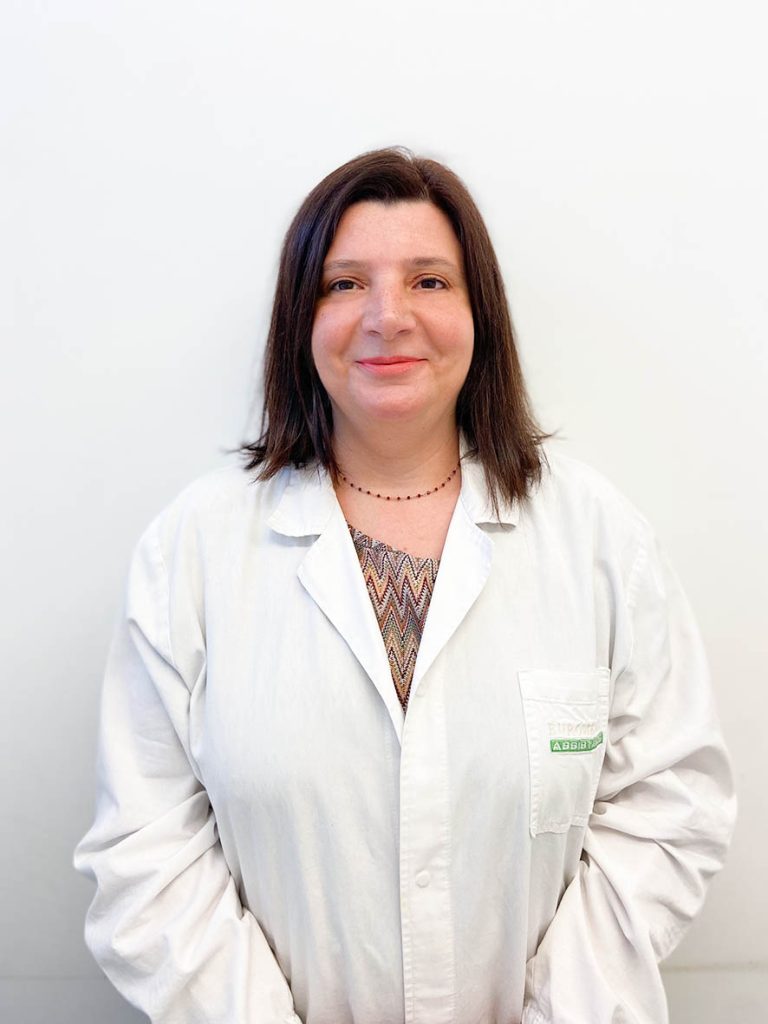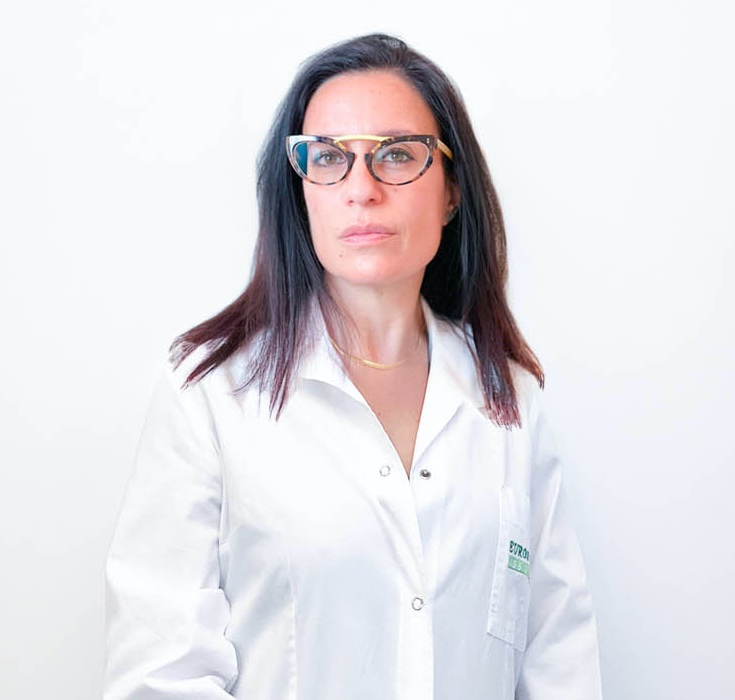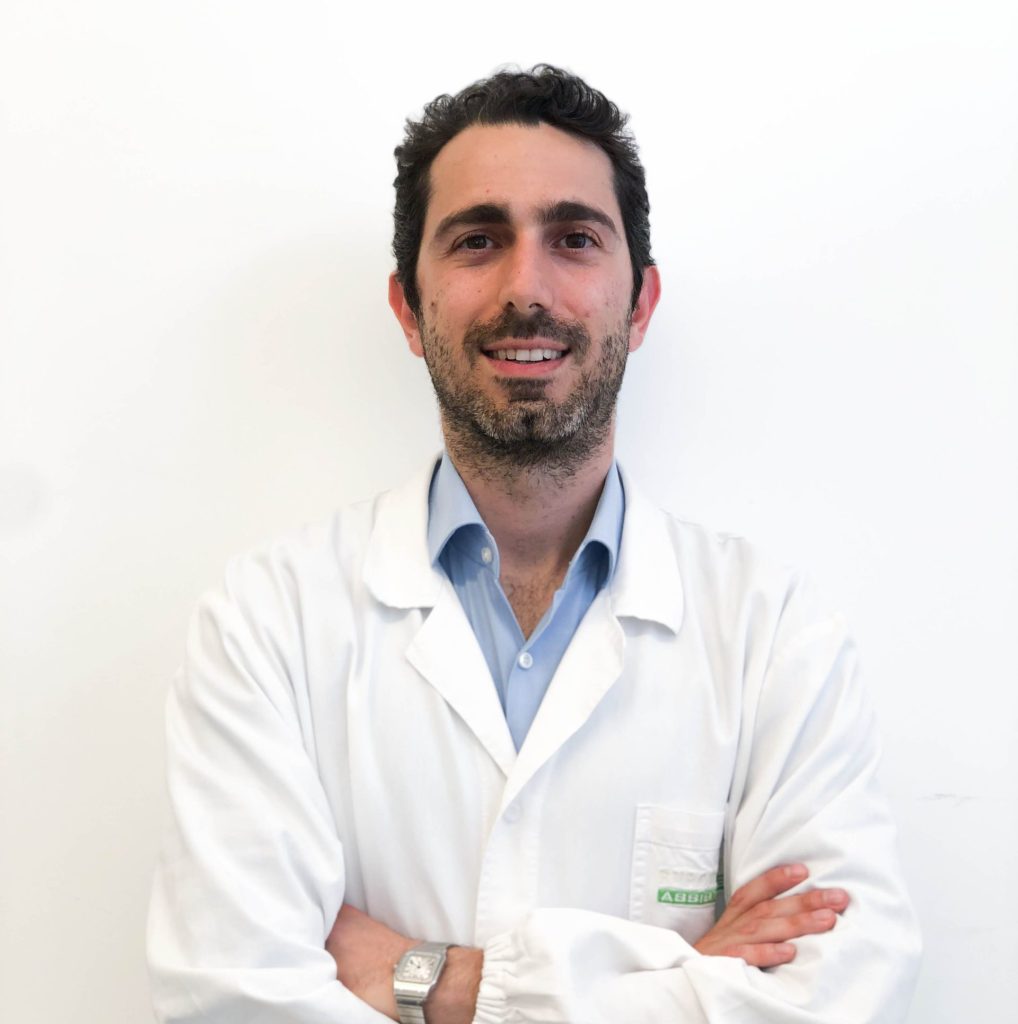Cutaneous peeling or skin peeling is an aesthetic medicine treatment that, through the dermal application of chemicals, results in the removal of the most superficial layers of skin on the face (stratum corneum), improving skin quality.
Three types of peeling can be performed: superficial peels, medium peels, and deep pe els. The type of peeling to be performed and the type of product used depends on the need to penetrate more or less deeply into the skin (to possibly reach the epidermis and dermis) and the pathology to be treated. The effect of skin peeling depends on the substance used and the time of application. It requires no anesthesia or special preparation.
Cutaneous peeling or skin peeling is the treatment of chronoaging and photoaging (sun damage, from UV lamps, skin hyperpigmentation, skin aging, and scarring acne), thus a treatment that promotes skin restructuring.
It is important that skin peeling be performed by experienced hands as it is a chemical solution that must be well calibrated to the epidermis to be treated.
Treatment involves skin reactions ranging from simple redness to dysepithelialization with subsequent crusting, until complete skin normalization. While in cases of superficial peeling no limitation of social life is expected, in the case of medium-deep peeling, scab formation could be limiting to work or social activity.
It is not indicated to undergo treatment if you are pregnant or lactating. After skin peel treatment, it is advisable not to expose the skin to sunlight or artificial light rays to avoid permanent discoloration.
Aesthetic medicine treatments at Euromedica Assistance Medical Center are performed by a Plastic Surgeon.
